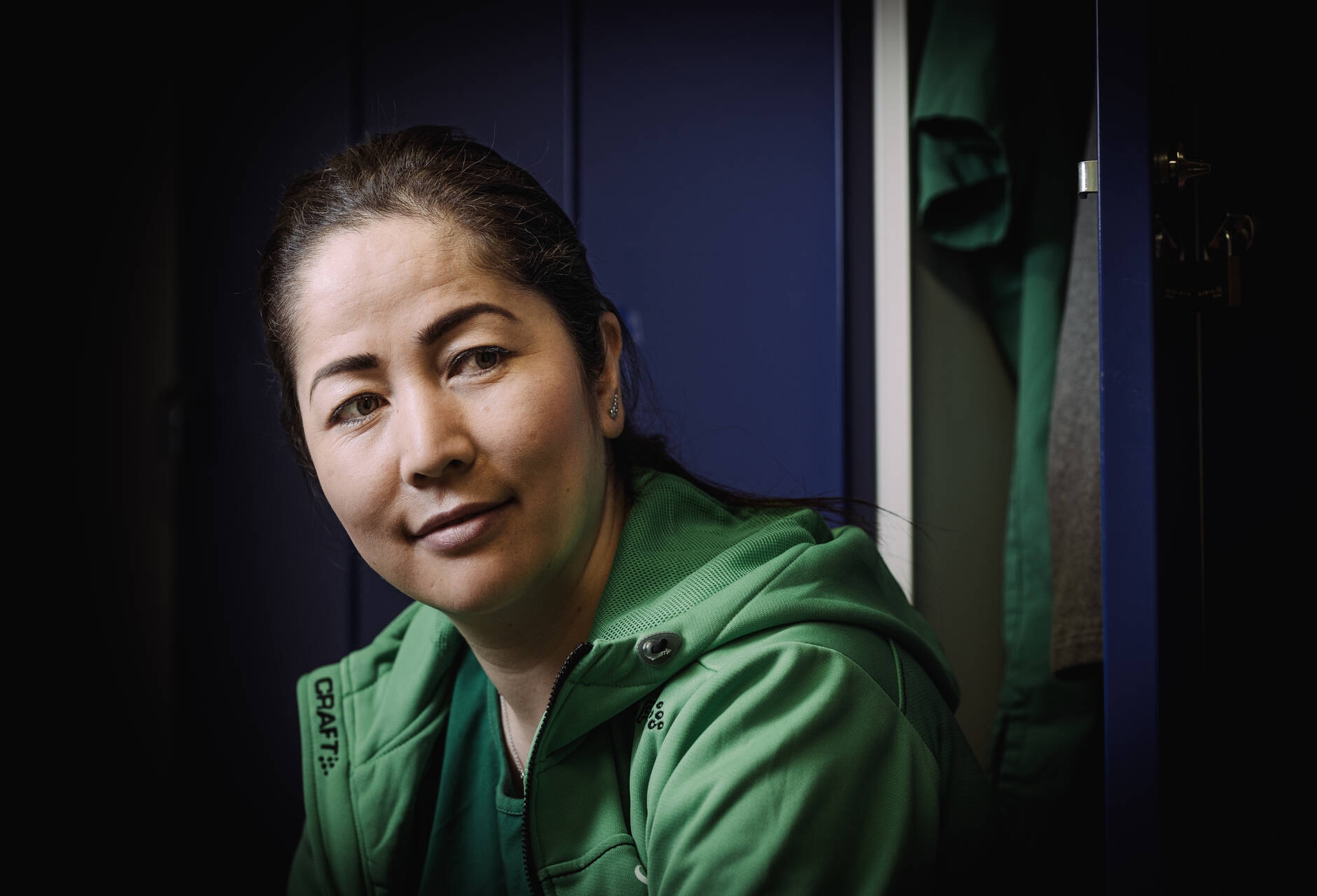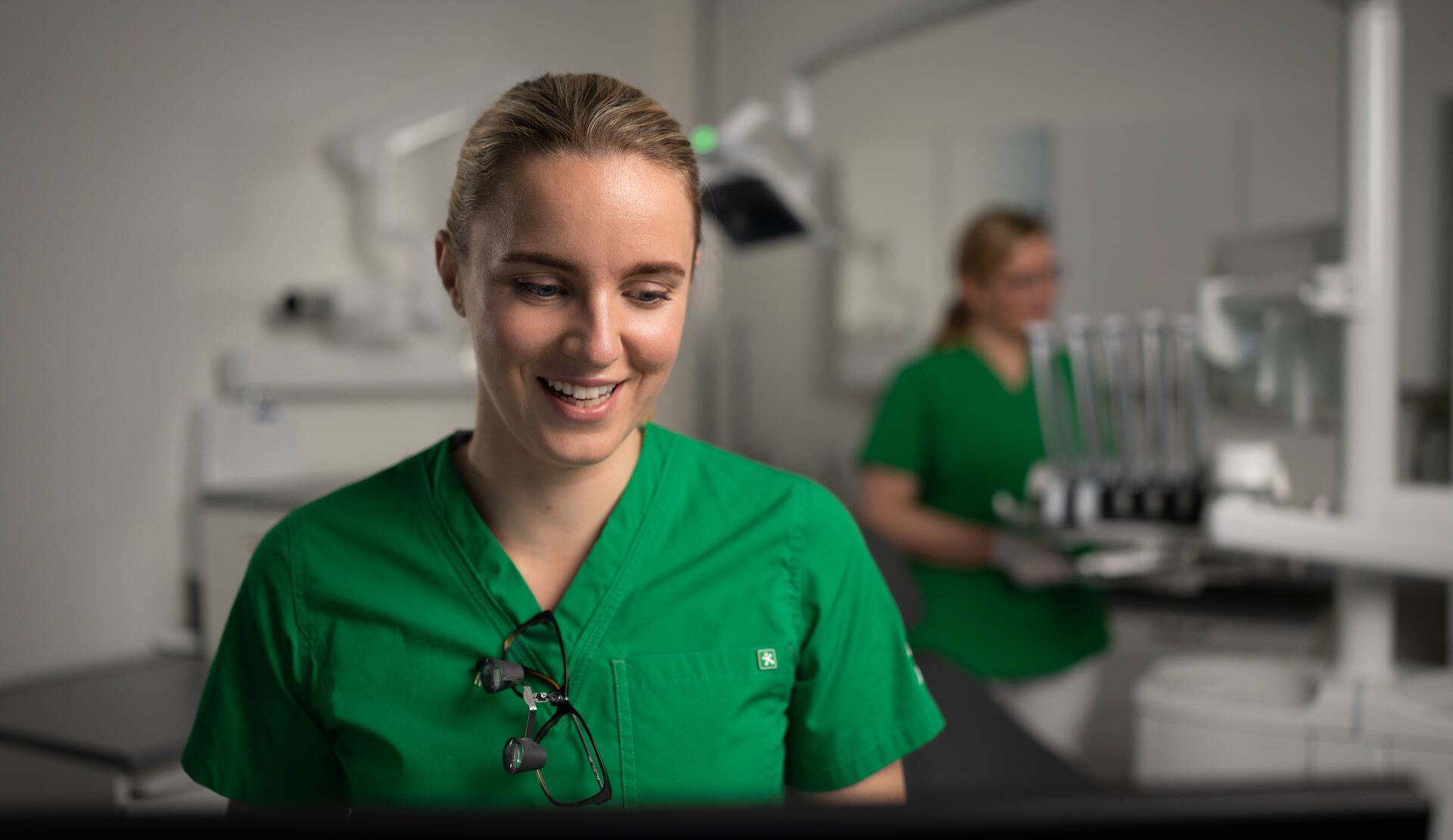
Tattoo removal
Specialist in the article

Revised 5/30/2025
Tattoo removal in brief
- Tattoo removal can be performed using laser treatment or surgery, depending on the facility. The choice depends on the tattoo's size, location, and skin condition.
- In laser treatment, the laser beam absorbs the tattoo's pigment and breaks it into tiny particles, which are removed from the body through metabolism. In surgery, the tattoo is removed under local anesthesia, and the wound is stitched closed.
- Book a consultation with a plastic surgeon and take advantage of Mehiläinen's flexible payment options for tattoo removal.
Tattoo removal with laser
A tattoo can be faded to the point of being invisible using a laser. The success of laser treatment depends on the tattoo's location, depth, skin condition, metabolism, and the composition of the ink used.
Black tattoo inks usually respond well to laser treatment. Colored inks respond slightly less effectively, and white or beige tattoos are almost impossible to remove with current equipment.
It can be challenging to estimate in advance how many sessions are needed to remove a tattoo – it almost always requires multiple treatments.
Tattoo removal with surgery
Typically, long and relatively small tattoos can be removed surgically. Tattoo removal surgery is performed under local anesthesia. A plastic surgeon will assess whether one or two surgical sessions are needed.
In a single-stage surgery, the tattoo is completely removed, and the resulting wound is stitched closed. For larger tattoos, the doctor may prescribe a sedative or pain medication.
If the tattoo is too large to be removed in one session, it may be possible to remove it in multiple stages.
Procedures and treatments related to the skin are performed by experienced specialists and specialized nurses.
Preparing for tattoo removal
- Consultation. The first step in tattoo removal is a meeting with a plastic surgeon. During the consultation, treatment goals, concerns, and a treatment plan are discussed.
- Health status assessment. The plastic surgeon will also assess general health. The consultation includes a review of past and current illnesses, medications, supplements, previous surgeries and treatments, as well as substance use and smoking habits.
- Sun Exposure. Avoid sunbathing and tanning beds for at least two weeks before treatment.
- Skin Cleanliness. Keep the skin clean and moisturized, but avoid strong skincare products.
- Tattoo Condition. Ensure the tattoo is not inflamed or irritated before treatment.
How laser tattoo removal works
The tattoo removal method is chosen individually based on the tattoo's size, color, and location. The most commonly used method is laser treatment, but in some cases, surgical removal may be necessary. An individual treatment plan includes the number of sessions and a schedule.
The treatment area is cleaned and, if necessary, numbed.
The laser beam absorbs the tattoo's pigment and breaks it into tiny particles, which are removed from the body through metabolism.
Tattoo removal can be painful depending on the laser's intensity. To prepare for potential pain, a numbing cream can be applied to the area to be treated.
The treatment area is protected and treated with antiseptic creams. You will receive instructions on how to care for the skin and avoid potential complications. Multiple sessions are needed for the tattoo to fade or be completely removed.
How surgical tattoo removal works
The treatment area is cleaned and numbed. The plastic surgeon will go over the surgical procedure and explain how it will be performed.
In a single-stage surgery, the tattoo is completely removed, and the resulting wound is stitched closed. For larger tattoos, the doctor may prescribe a sedative or pain medication.
When the skin has stretched after the first surgery, more can be removed, and the skin gradually stretches to cover a larger area. Typically, 2–4 removal sessions are needed. If the tattoo covers more than half of the limb's circumference, the skin's elasticity may not be sufficient for removal.
Another option is to use a tissue expander, a silicone bag filled with fluid. The skin is gradually stretched by filling the expander, and in a second surgery, the expander is removed, and the stretched skin is used to cover the area where the tattoo was removed.
The treatment area is protected, and you will receive instructions on how to care for the skin and avoid potential complications.
Recovery after tattoo removal
- Skin sensitivity: Recovery from tattoo removal depends on the method used. Recovery from laser treatment usually takes a few days to a week, while surgical removal may require a longer recovery period. The skin may be sensitive and red, but the reaction subsides within a few days. Any post-treatment skin warmth can be alleviated with cool compresses.
- Redness and swelling: After treatment, the area will be red and swollen. The reaction subsides within a few days, and the tattoo fades.
- Sun protection: The skin should be protected from the sun and kept clean.
- Contact a doctor: If the skin shows significant swelling, pain, or signs of infection, it is important to contact a doctor.
- Aftercare instructions: To prevent scarring, it is recommended to follow the aftercare instructions carefully.
- Follow-up: Follow-up visits can be planned if necessary to assess the skin's condition.
Prices for appointments with specialists, such as gynaecologists, dermatologists, cardiologists, orthopaedists and ophthalmologists, can be found in our appointment booking service.
| Service | Price estimate |
|---|---|
| Appointment with a specialist, 20 min Price per appointment. | from 99,80 € Without Kela reimbursement from 129,80 € |
| Appointment with a specialist, 30 min Price per appointment. | from 114,80 € Without Kela reimbursement from 144,80 € |
| Appointment with a specialist, 45 min Price per appointment. | from 142,80 € Without Kela reimbursement from 172,80 € |
| Gynaecologist's appointment, 20 min | from 69,80 € Without Kela reimbursement from 139,80 € |
| Gynaecologist's appointment, 30 min | from 74,80 € Without Kela reimbursement from 144,80 € |
| Dermatologist's appointment, 20 min | from 117,70 € Without Kela reimbursement from 147,70 € |
| Dermatologist's appointment, 30 min | from 127,80 € Without Kela reimbursement from 157,80 € |
| ENT doctor's appointment, 20 min | from 112,80 € Without Kela reimbursement from 142,80 € |
| ENT doctor's appointment, 30 min | from 133,80 € Without Kela reimbursement from 163,80 € |
| Paediatrician's appointment, 20 min | from 115,20 € Without Kela reimbursement from 145,20 € |
| Paediatrician's appointment, 30 min | from 134,80 € Without Kela reimbursement from 164,80 € |
| Orthopaedist's appointment, 20 min | from 111,80 € Without Kela reimbursement from 141,80 € |
| Orthopaedist's appointment, 30 min | from 133,80 € Without Kela reimbursement from 163,80 € |
| Appointment with a psychiatrist, 45 min Price per appointment. | from 109,80 € Without Kela reimbursement from 159,80 € |
| Appointment with a psychiatrist, 60 min Price per appointment. | from 120,80 € Without Kela reimbursement from 180,80 € |
| Ophthalmologist's appointment, 30 min | from 127,80 € Without Kela reimbursement from 157,80 € |
| Ophthalmologist's appointment, 45 min | from 138,80 € Without Kela reimbursement from 168,80 € |
Other related services
Body and breasts
Comprehensive and expert plastic surgery for the body and breasts.
Consultation with a plastic surgery nurse
A free consultation helps you find the right treatment options.
Face and eyelids
We provide personalized solutions for the aesthetic needs of your face and eyelids.
Nose and ears
Enhance the shape and structure of your nose or ears with the expertise of a plastic surgeon.
Plastic surgeon
A specialist in plastic surgery performs treatments and surgeries to enhance the appearance and functionality of the face and body.
Skin lesions and moles
Treat skin lesions and remove moles safely and discreetly.
Frequently asked questions about tattoo removal
Tattoo removal uses a laser to break down the tattoo ink or a surgical method where the tattoo is cut out. The method is chosen based on the tattoo's size, color, and location.
Tattoo removal can improve self-esteem and eliminate allergic reactions. It also prepares the skin for a new tattoo.
Avoid sun exposure, keep the skin clean and moisturized, and ensure the tattoo is not inflamed. Discuss any health-related concerns with a doctor.
Recovery from laser treatment usually takes a few days to a week, while surgical removal may require a longer recovery period.
Tattoo removal is suitable for most people, but it may not be recommended for pregnant individuals or those with certain skin conditions. A consultation with a doctor is important.
The cost of tattoo removal varies depending on the method, tattoo size, and number of sessions. Laser treatment is usually less expensive than surgical removal. An exact price estimate can be obtained during a consultation with a plastic surgeon. Explore Mehiläinen's flexible payment options.

